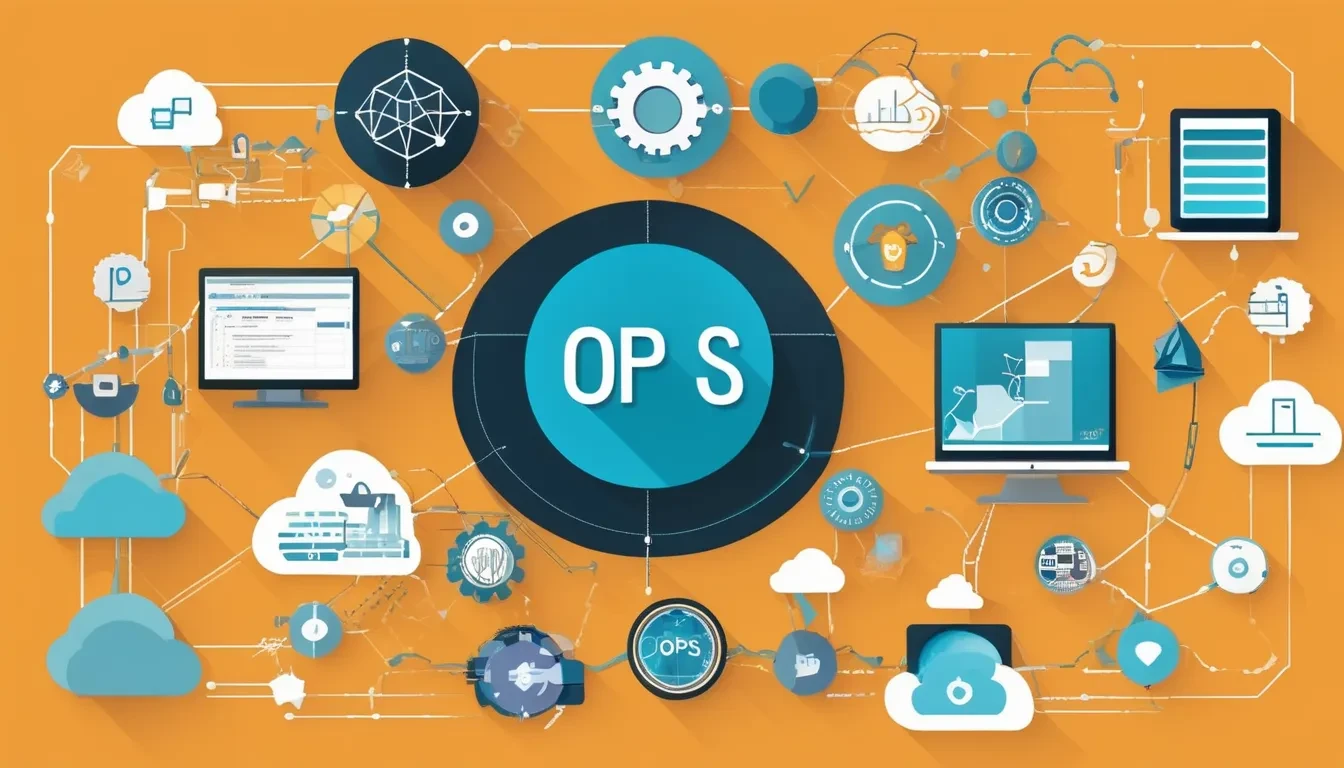
The Rise of Cloud Computing in Software Development
Understanding Cloud Computing
Cloud computing refers to the delivery of computing services over the internet, enabling users to access and utilize a variety of resources such as servers, storage, databases, networking, software, and analytics without the need for on-premise hardware or infrastructure. This paradigm shift in how computing resources are consumed offers significant advantages compared to traditional on-premise computing solutions.
One of the defining characteristics of cloud computing is its on-demand availability. Users can access a wide range of services as needed, paying only for what they use, thereby enhancing cost-effectiveness. Additionally, cloud computing provides superior scalability, allowing organizations to easily adjust resources according to their requirements without the delays associated with physical hardware installation.
Cloud services are typically categorized into three main types: Infrastructure as a Service (IaaS), Platform as a Service (PaaS), and Software as a Service (SaaS). IaaS offers virtualized computing resources over the internet, enabling organizations to rent primary infrastructure instead of investing in physical servers. PaaS provides a platform allowing developers to build, deploy, and manage applications without worrying about the underlying components. SaaS, on the other hand, delivers software applications over the internet, eliminating the need for installation and maintenance, while providing seamless access from various devices.
The rapid growth of cloud solutions in the software development industry illustrates their increasing relevance. Organizations are increasingly adopting these services for their ability to streamline development processes, enhance collaboration, and facilitate continuous integration and delivery. As technology continues to evolve, the role of cloud computing in software development becomes increasingly crucial, marking a significant departure from conventional practices and indicating a shift towards a more agile and flexible development environment.
Impact on Software Development
Cloud computing has revolutionized software development by facilitating new methodologies and practices that improve efficiency and collaboration. One of the most significant changes has been the widespread adoption of DevOps practices. By integrating development and operations teams, cloud services enable seamless collaboration throughout the software development lifecycle, fostering a culture of shared responsibility and continuous improvement. This shift leads to faster and more reliable software delivery, as teams can address issues in real-time and eliminate bottlenecks in the development process.
Another critical aspect of this transformation is the implementation of Continuous Integration and Continuous Deployment (CI/CD) processes. The cloud provides an infrastructure that supports automated testing and deployment, allowing developers to integrate and validate code changes consistently and efficiently. Consequently, CI/CD practices enhance the quality of software releases by catching bugs early and promoting frequent updates. As a result, organizations can respond swiftly to changing market demands and user feedback, ultimately leading to a more agile software development process.
The emergence of cloud-based tools and platforms has also increased the productivity of development teams. Tools such as GitHub, GitLab, and Azure DevOps enable teams to collaborate on code and manage projects across distributed locations. The cloud facilitates real-time access to resources and environments, allowing teams to work concurrently and streamline their workflows. Moreover, cloud services offer scalable computing power, which can be adjusted according to project needs, ensuring that teams are not hindered by infrastructure limitations.
Overall, the integration of cloud computing into software development practices has led to innovative methodologies such as agile, resulting in a more effective collaboration between teams, faster release cycles, and improved overall productivity. As the landscape of software development continues to evolve, it is clear that cloud computing will remain a pivotal factor driving these changes.
Challenges and Considerations
The transition to cloud computing in software development brings forth several challenges and considerations that organizations must carefully evaluate. One primary concern relates to security and data privacy. As companies store sensitive information in the cloud, they must be vigilant about potential vulnerabilities. Ensuring that data remains secure from unauthorized access and breaches is paramount, necessitating the adoption of robust security measures, including encryption and multi-factor authentication. Furthermore, organizations are often required to comply with various industry regulations that mandate stringent data protection protocols, adding another layer of complexity to cloud adoption.
Another significant challenge is the potential for downtime. Cloud service providers can experience outages, leading to interruptions in service that may affect business operations. Companies must assess the reliability of their chosen vendor and consider implementing measures such as redundancy and failover solutions to mitigate the impact of downtime. Planning for unexpected outages and having a solid contingency strategy is crucial for maintaining operational continuity.
Vendor lock-in presents yet another obstacle in the transition to cloud computing. Companies may find themselves overly dependent on a specific provider, making it difficult to switch to another vendor or return to on-premises solutions. To avoid this pitfall, organizations should analyze vendor offerings, evaluate interoperability among different platforms, and develop a cloud strategy that promotes flexibility and adaptability.
Cost management is another critical consideration in cloud computing. While moving to the cloud can result in cost savings, unanticipated expenses may arise due to factors such as increased usage, data transfer fees, or scaling resources during peak times. Businesses must establish clear budgeting processes and closely monitor cloud usage to align costs with anticipated benefits.
Ultimately, a thoughtful approach to cloud strategy and governance is essential for a successful transition. Organizations should implement a comprehensive plan that addresses security, compliance, operational risks, and cost management to fully harness the advantages of cloud computing while minimizing its inherent challenges.
The Future of Cloud Computing in Software Development
As technology continues to advance, the future of cloud computing in software development is poised for remarkable transformation. One of the most significant trends on the horizon is edge computing, which aims to enhance data processing efficiency by bringing computation closer to the data source. This shift will reduce latency and improve performance, making it particularly advantageous for applications requiring real-time data analysis, such as Internet of Things (IoT) devices. As edge computing gains traction, software developers will need to design applications that seamlessly integrate with decentralized architectures.
Another exciting innovation is serverless architecture, which allows developers to build and run applications without managing infrastructure. This model encourages greater flexibility, enabling teams to focus on code rather than server management. By adopting serverless solutions, organizations can optimize resource utilization and reduce operational costs, all while accelerating application deployment. As serverless technology matures, it is expected to reshape how software developers approach project scalability and maintenance, ultimately streamlining the development lifecycle.
The integration of artificial intelligence (AI) within cloud computing frameworks is also set to revolutionize software development. AI-powered tools can offer enhanced analytics, automated testing, and even machine-learning capabilities that assist in predictive modeling. As these technologies become more accessible, developers will increasingly leverage AI to optimize software solutions and improve user experiences. This aligns with the broader trend of digitization in the business world, wherein organizations strive for agility and responsiveness.
In conclusion, the future of cloud computing in software development is rich with potential, driven by advancements such as edge computing, serverless architectures, and AI integrations. These innovations will not only enhance the efficiency and effectiveness of software development processes but also redefine the ways in which businesses leverage technology to meet the demands of an increasingly digital-oriented landscape. As these trends unfold, it will be crucial for developers to stay abreast of emerging technologies and adapt to the evolving cloud landscape.







